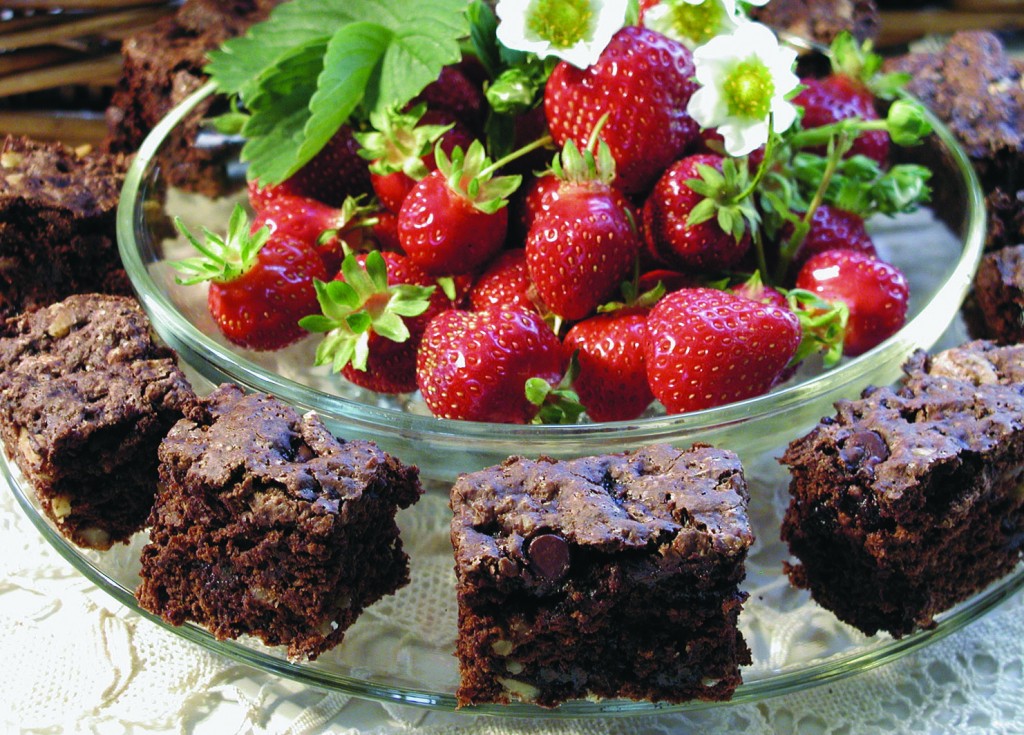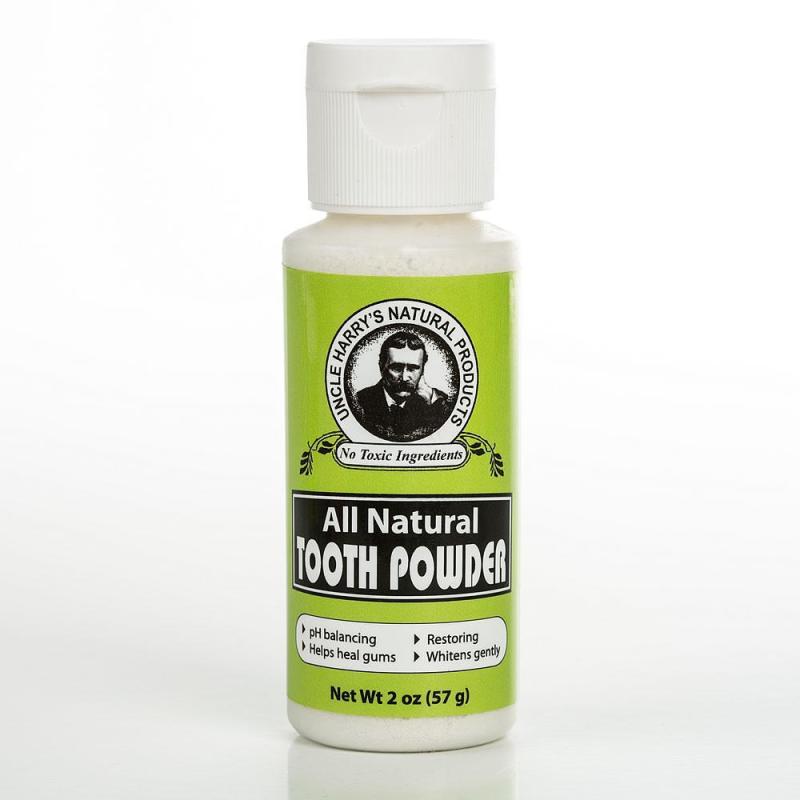 When was the last time you stopped to read the ingredients on your tube of toothpaste? We’re getting pretty good at scanning food labels, but it may also be time to change the way you clean your teeth. I took a peek at a tube of popular toothpaste and was more than a little concerned by the contents. Among the chemicals listed, each of which poses one health risk or another, was triclosan. This chemical is touted as an antibacterial agent (read: pesticide) that will reduce oral bacteria, preventing gum disease. But what the labels don’t report is that triclosan has been linked to cancer, hormone disruption and liver damage — not the kind of stuff you want in your mouth day after day, particularly when it is also known to accumulate in the body over time.
When was the last time you stopped to read the ingredients on your tube of toothpaste? We’re getting pretty good at scanning food labels, but it may also be time to change the way you clean your teeth. I took a peek at a tube of popular toothpaste and was more than a little concerned by the contents. Among the chemicals listed, each of which poses one health risk or another, was triclosan. This chemical is touted as an antibacterial agent (read: pesticide) that will reduce oral bacteria, preventing gum disease. But what the labels don’t report is that triclosan has been linked to cancer, hormone disruption and liver damage — not the kind of stuff you want in your mouth day after day, particularly when it is also known to accumulate in the body over time.
Perhaps the even bigger issue at hand is that the personal-hygiene industry has led us to believe that we must wage war on our bodies in order to keep them healthy. In the case of toothpaste, our mouths are portrayed as battlefields in which we’re helpless to maintain cleanliness unless we attack the rampant germs with harsh disinfectants. Personally, I’m much more inclined to compare the mouth to a garden, a place where proper nourishment and a little chemical-free TLC will cultivate a balance that is both healthy and clean. To this end, I’ve come up with a list of ways to safely nurture our teeth and gums so that they thrive as nature intended.
Homemade Toothpaste
Toothpaste needn’t be a complex concoction. In fact, you can make your own simple formula for a whole lot less money than the store-bought variety. Try this recipe to keep your entire mouth in tip-top shape:
In a small bowl, mix 1 teaspoon baking soda, 1/2 teaspoon fine sea salt and 1 drop of essential oil, such as peppermint, clove or cinnamon. Add a few drops of tap water and stir to form a paste. Dip your brush into the paste and use like any other toothpaste. The dry ingredients and essential oil can be mixed in larger quantities and stored in the medicine cabinet to be mixed with water as needed.

Wait to Brush
After eating, our mouths become more acidic, which, in turn, softens our tooth enamel and makes it susceptible to damage by toothbrush bristles. So it’s best not to brush for about an hour after a meal.
Get Fluorine from Fresh Food
Fluorine is a natural trace element found in foods like herbs, avocados, cabbage, seaweed and tea. When we eat these foods, our bodies convert the fluorine, fortifying bones and tooth enamel. The form of fluoride in toothpastes and city drinking water, however, has potentially harmful effects on health, and too much of it is highly toxic (hence the poison-control warnings on toothpaste labels). The bottom line is that if your diet consists of a variety of whole foods, you’re likely getting all the fluorine that your teeth need. But if you feel the need for a boost, nibble a bit of fresh parsley, coriander or mint leaves on occasion. These greens also work to gently cleanse the mouth and sweeten breath.
Whiten Without Worry
Why use commercial whiteners that contain unsavory ingredients when you could brighten your smile with strawberries? Strawberries have long been used to naturally whiten teeth because their malic acid content helps remove stains from enamel. Mash one strawberry with a pinch of baking soda, and you get a stain-buffing paste that can be safely used once a week. Spread it on a soft-bristled toothbrush, brush gently onto teeth, and leave the paste in place for about 5 minutes. Afterward, rinse and brush with toothpaste.
Try Tea for Your Teeth
Did you know that moistened tea bags can soothe canker sores, irritated gums and toothaches? They can even be used to stop bleeding after a tooth extraction. What’s more, because tea contains naturally occurring fluorine (green offers twice as much as black), it also impedes the growth of cavity-causing bacteria in plaque. And don’t fret over tea-stained teeth; just rinse your mouth with water after drinking tea. The tea doesn’t actually stain your enamel, just the plaque that builds up on top of it.
Renew and Reuse Your Toothbrush
Rather than sending your toothbrush to the landfill, soak it in undiluted vinegar overnight every couple of weeks to kill bacteria and extend its lifespan. And the next time you need to buy a new one, consider purchasing a Preserve Toothbrush (www.preserveproducts.com). This brush is made from recycled Stonyfield Farm yogurt cups, and it can eventually be sent back to the manufacturer for recycling in a postage-paid return envelope.
Caption: Did you know that strawberries have long been used to naturally whiten teeth?
Copyright 2010, MaryJane Butters.
Distributed by United Feature Syndicate, Inc.































